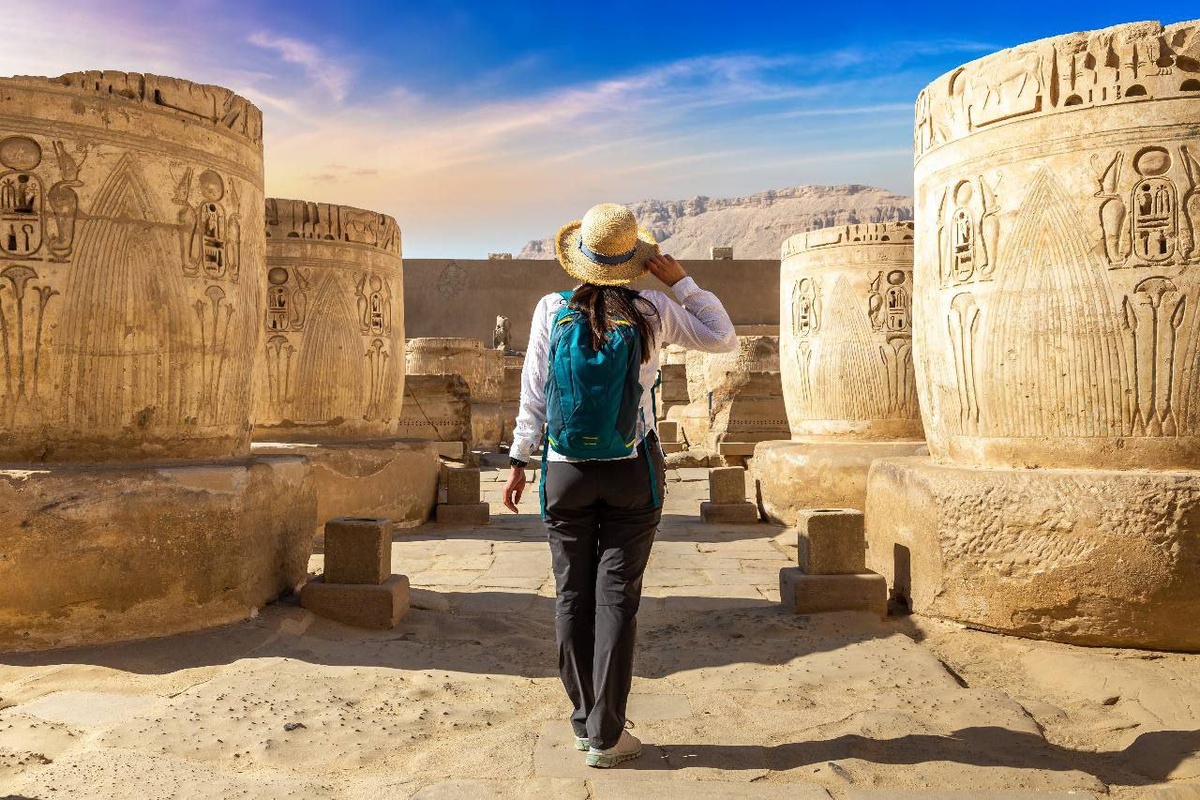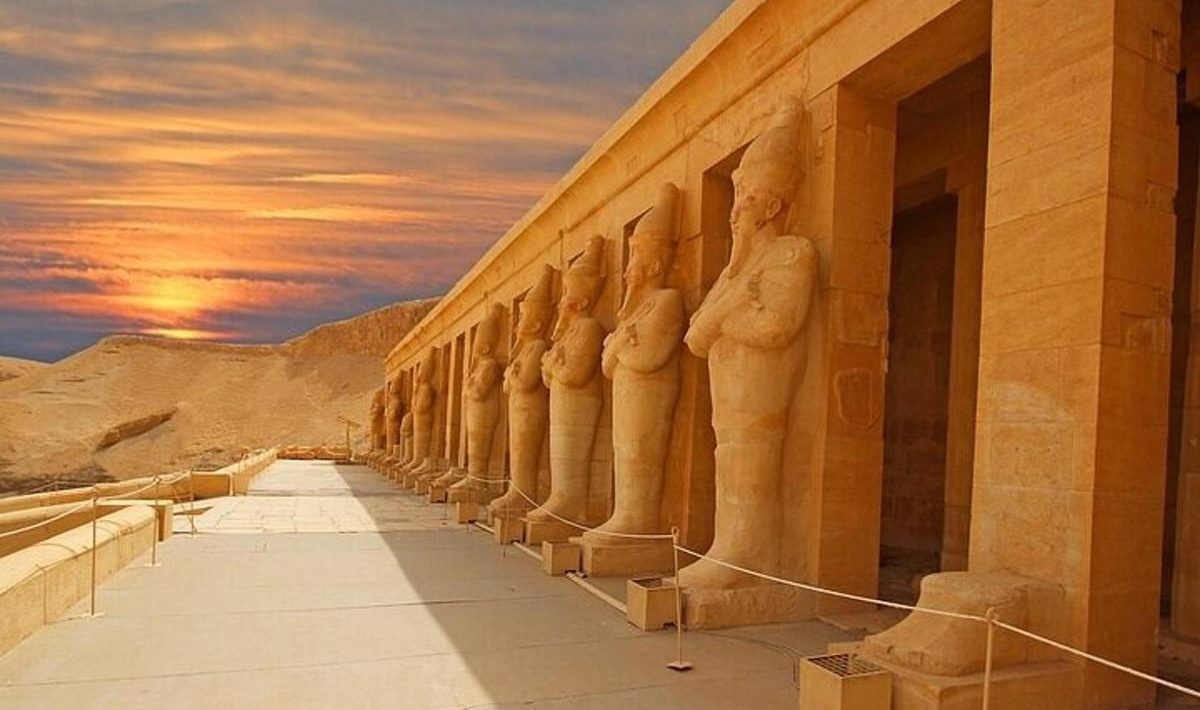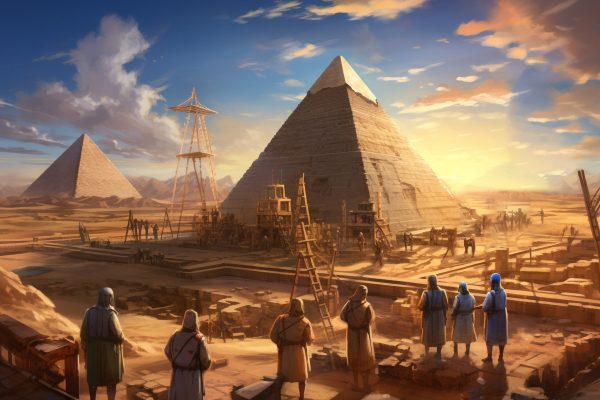After twenty years of painstaking restoration work by a multidisciplinary team of researchers, the Egyptian authorities have been able to reopen the tomb to the public.
A tourist takes photographs of one of the newly restored scenes in the tomb of Pharaoh Amenhotep III.
Amenhotep III is one of the most important pharaohs of ancient Egypt. He is also one of the longest-reigning. His reign lasted 38 years, between 1390 and 1952 BC, and is considered one of the most prosperous in Egyptian history.
Amenhotep III was also a great builder. We owe him the temple of Luxor in Thebes, as well as his grandiose funerary temple on the west bank of the Nile, of which only the famous Colossi of Memnon remain standing.
After his death, he was buried in a lavish tomb (WV22), one of the largest in the Theban necropolis, located on the western side of the Valley of the Kings, a place known as the Valley of the Monkeys. The tomb was discovered in 1799 by Prosper Jollois and Édouard de Villiers du Terrage, two engineers who were part of Napoleon’s expedition to Egypt and who found that the tomb had already been looted in the past.
Now, the tomb of Amenhotep III has regained its former splendour thanks to an international project led by Japanese experts, involving 260 specialists, including restorers, researchers and technical experts.
All of them have worked in accordance with, in the words of UNESCO Regional Director Nuria Sanz, ‘the highest international standards for integrated conservation’.

A delicate restoration
Following the completion of this complex task, the Egyptian authorities have finally been able to open the tomb of the famous pharaoh to the public after more than two decades of meticulous restoration. This laborious task has made it possible to recover the original pigments, as well as reliefs and inscriptions. ‘Our priority has been to preserve the integrity of the pigments and the original supports,’ said the person in charge of the work.
Today, the structure of the tomb remains impressive. It consists of a 36-metre-long, 14-metre-deep descending passage leading to the burial chamber, which is connected to two adjoining rooms intended for the eternal rest of two queens: Tiy, the pharaoh’s Great Royal Wife, and Sitamon, the sovereign’s daughter and also his wife.
The scenes depicted on the walls of the tomb, which is not completely decorated, show the pharaoh alongside various gods. The burial chamber (in the centre of which stands the pharaoh’s imposing granite sarcophagus) is decorated with passages from the Book of the Dead (a collection of spells intended to guide the dead through the underworld).
Thanks to this restoration, visitors will be able to contemplate in detail the great chromatic richness of the murals, which show the worldview and spirituality prevailing during the 18th dynasty of the New Kingdom, when Amenhotep III ruled.
Mohamed Ismail Khaled, secretary general of Egypt’s Supreme Council of Antiquities, stressed that ‘this reopening is not only an archaeological milestone, but also a cultural and economic boost for Luxor, considered the world’s largest open-air museum’.
‘The initiative is also part of our country’s strategy to revitalise heritage tourism, coinciding with the upcoming opening of the Grand Egyptian Museum in Giza,’ Khaled concluded.





